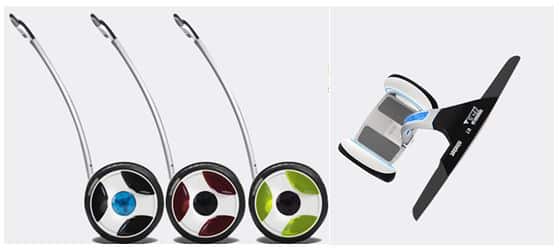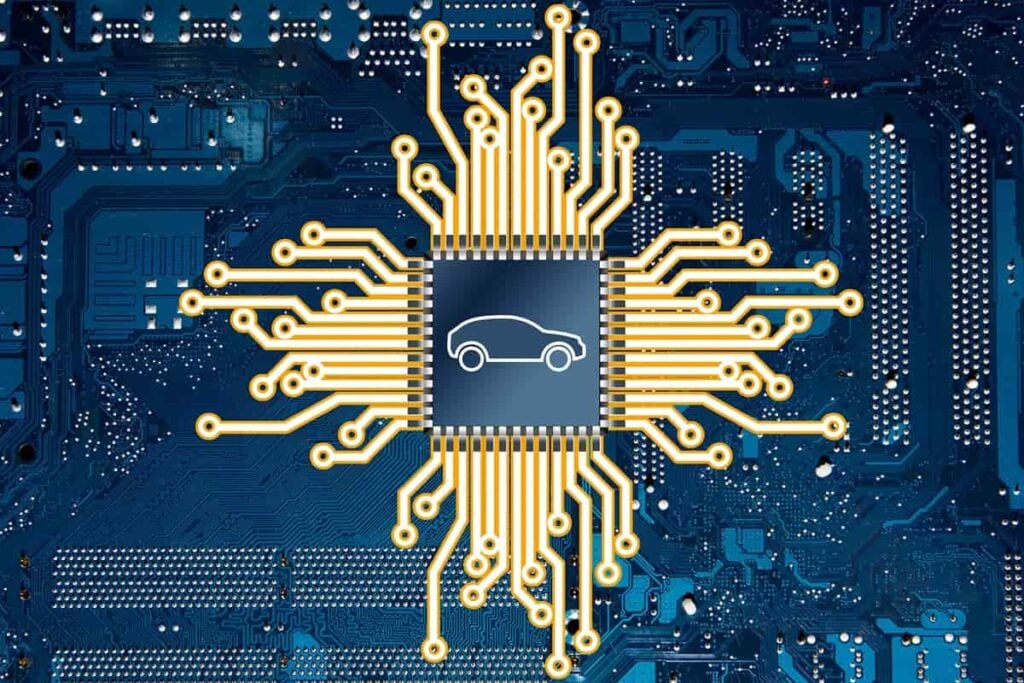Out With the Segway, In With the Ninebot One
Table of contents
Table of contents

You’ve probably all seen a Segway, the two-wheeled, self-balancing electric vehicle, in use by police officers, tour companies, and for other niche uses. For those that can recall, the much hyped release of the Segway in 2001 was expected to disrupt the personal transportation industry. However the Segway never really took off and was sold in April of 2015 to a Chinese company called Ninebot which manufactures personal transportation vehicles such as the Ninebot One. This company is not making the same mistakes as Segway and is putting both functionality and “cool factor” back into personal transportation.
About Ninebot
Ninebot was founded in 2012 by a group of Chinese robotics engineers who wanted to build a company that specializes in autopilot and personal transportation. However they aren’t just a shell company that purchased Segway. Ninebot already had a product line of successful personal transportation vehicles including the Ninebot One which is significantly different than a traditional Segway. Xiaomi Inc, the world’s third largest manufacturer of smartphones, and venture capital firm Sequoia Capital China, among others, invested $80 million into Ninebot to help finance the Segway acquisition. As part of that acquisition, Ninebot can now utilize Segway’s global 100+ location sales and services networks, their product engineering team, and 400+ core industry patents.
Putting the Segway acquisition aside for a moment, let’s take a closer look at two main products currently on offer from Ninebot. The first product is a Segway lookalike called Ninebot which can be purchased on Amazon today for around $3,000 USD, and comes in a variety of different colors as seen below:
The entire device weighs about 50 pounds and the bar detaches so it can easily fit in the trunk of a car. The Ninebot is much lighter than the Segway PT which weighs between 90 – 120 pounds depending on the model. The Ninbot can support up to 220 lbs while the Segway requires the rider to weigh at least 100lbs but no more than 260lbs. The Ninebot takes 4 hours to fully charge while the Segway PT requires at least twice the amount of time at 8-10 hours to fully charge. Both the Ninebot and the Segway travel at the same maximum speed of 12.5 mph. The maximum range of the Segway is 24 miles while the Ninebot’s is only 12.5 miles. The Ninebot comes with Michelin tires, a magnesium alloy frame which weighs less than 4 pounds, and TESLA Model S super lithium battery cells. The vehicle is enabled with bluetooth and by installing the “Nandroid” app on your smartphone, you can then serve up a remote control function, record sharing, online diagnosis and service assistance and also customize your Ninebot. Even the Ninebot remote key made out of bone china is beautifully polished. As the company website says:
Ninebot remote key is very firm. You can always put it in your pocket or wear on your chest. Every pressing gives you good hand feeling and blue light remind.
The second product from Ninebot is the “Ninebot One” which is a smaller personal transportation device with an easy carry handle:
The personal transportation device can be purchased today on Amazon for about $850 USD. While the lightest model comes in at a hefty 28 pounds, the Ninebot One can theoretically fit in a backpack but may not be that comfortable to lug around for anything but short distances. The Ninebot One comes in four different models, each with tradeoffs between weight and range/speed. The best model has a range of about 21.7 miles and a top speed of 13.7 mph. All models can support a payload of up to 260 pounds and charging time is between 1-2 hours. Of course, the product fully interacts with your smartphone as expected. In addition to a customizable light on the unit, the product comes in a wide range of “shells” which are interchangeable:
Conclusion
It’s difficult to say if any of Ninebot’s personal transportation systems will become household items but with the acquisition of Segway, this is now the dominant player in the personal transportation device market. With revenues of over $12 billion yearly from electronics sales, Xiamo can provide a lot of useful marketing channels for Ninebot as they target the youthful Chinese market with their growing discretionary income. While there may never be an opportunity for retail investors to invest in Ninebot, these products look easy to use and they could be pretty fun to have a go on. As the very politically incorrect Amazon product description advises, “even a lady can manage it”.
Sign up to our newsletter to get more of our great research delivered straight to your inbox!
Nanalyze Weekly includes useful insights written by our team of underpaid MBAs, research on new disruptive technology stocks flying under the radar, and summaries of our recent research. Always 100% free.

















